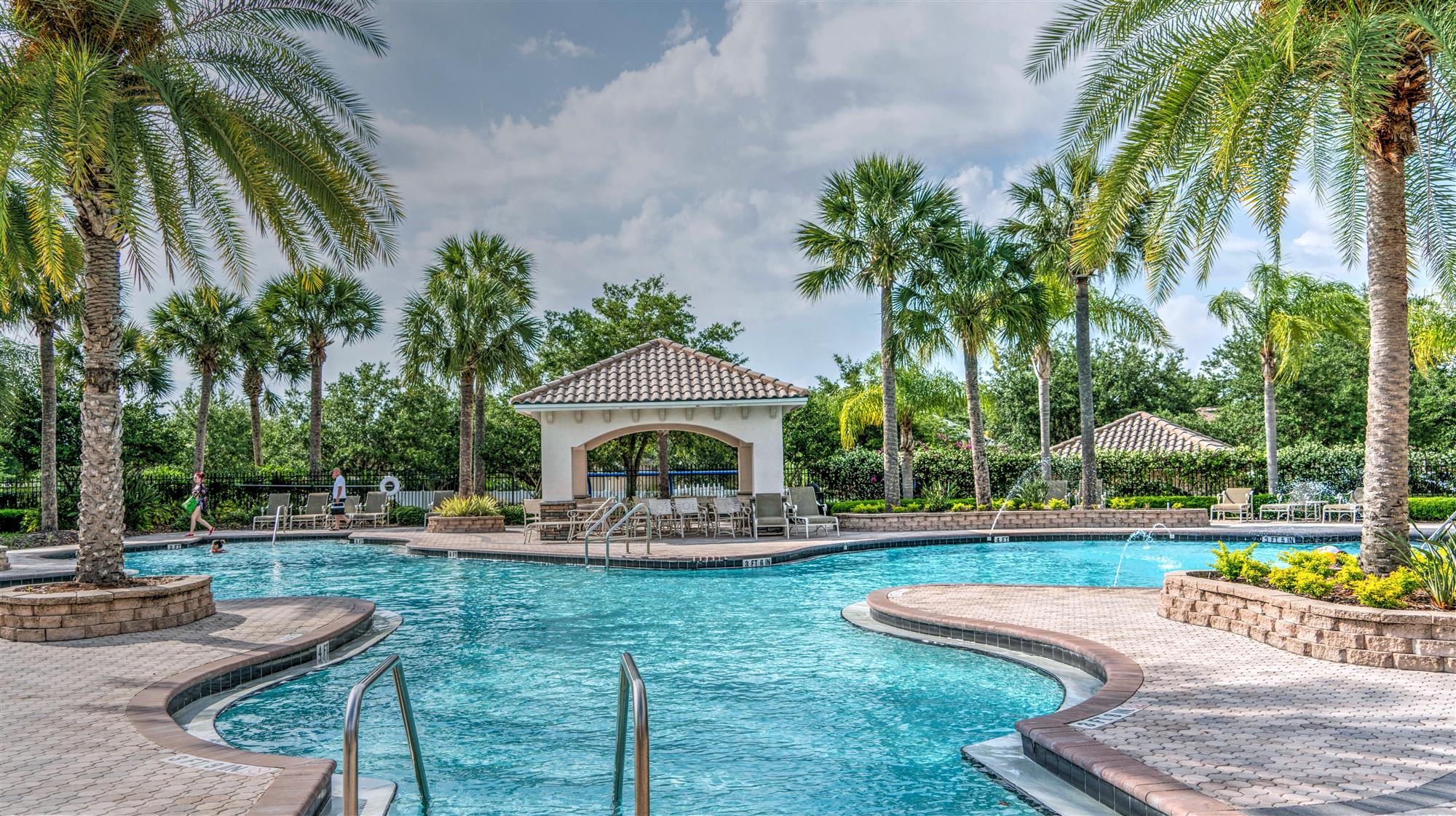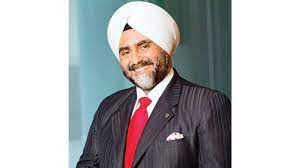The Indian luxury hotel segment, which currently accounts for around 11% of India’s total quality hotel supply, has regained developer interest in recent years due to its tremendous potential on account of limited supply, according to a report by HVS India.
Domestic hotel brands such as IHCL, Oberoi, and ITC traditionally dominated the luxury segment in India. However, in recent years, several international hotel chains, including Marriott, Accor, Hilton, and Hyatt, have entered the luxury and ultra-luxury hotel categories in the country, making the segment more competitive. As a result, luxury properties contributed 11% of overall brand signings by key in 2020, up from 9% in 2018.
The luxury segment previously catered primarily to international tourists and high-income domestic travelers. However, there has been a shift in this trend in recent times due to the evolving market dynamics and changing consumer preferences in the country.
In their quest for distinctive, authentic, exclusive, and high-end memorable experiences, an increasing number of aspirational, affluent, and discerning Indians are now willing to splurge on hotel stays during their vacations. This is especially evident in the aftermath of COVID, as luxury travel has rebounded faster than the other categories, with the rich opting for domestic leisure holidays in the absence of international travel.

Luxury hotel
After a year of work-from-home and video calls, Indians with high disposable income are now willing to indulge and overspend on their long-awaited post-pandemic vacations, hoping to make up for the lost time and get away from it all.
As a result, bookings surged at luxury properties – from palaces and beach resorts to boutique wildlife lodges – within driving distance across the country as soon as the lockdown and travel restrictions were eased after the first and second waves of the pandemic. Furthermore, as traveller focus switched to safety, luxury properties that were perceived to be safer were preferred as people were ready to pay more for enhanced safety, isolation, and exclusivity.
The other big shift is that due to the international travel restrictions, the outbound Indian luxury traveller is now exploring Indian destinations and indulging in holidays at exclusive properties within the country.
Demand for luxury properties is also being driven by the ‘big fat Indian wedding’ segment. Several couples who desired celebrity-style destination weddings in picture-perfect foreign locations but couldn’t go due to COVID limitations have turned to Indian luxury hotels and resorts for wedding ceremonies. Moreover, due to the limited gathering because of pandemic-related restrictions, wedding budgets are now extending to luxury resort destinations for smaller, more exclusive weddings.
The Indian luxury segment has tremendous untapped potential as most of the development so far has been centered around popular destinations such as Goa and Rajasthan. However, hoteliers are now evaluating several under-explored destinations including the Andamans, Lakshadweep, and northeast India for luxury hotel and resort developments in the same way as Maldives and Bali.

In addition, the luxury resorts segment has effectively capitalized on the increasing demand for wellness tourism in the country in recent years. Wellness is now more than ever at the top of travellers’ priorities, which could translate into a significant rise in demand for personalized and exclusive wellness experiences, especially when inbound travel resumes its full splendour.
(By Mandeep S Lamba , Dipti Mohan Mandeep S. Lamba, President – South Asia, oversees the HVS global hospitality practice for South Asia. He has spent over 30 years in the hospitality industry of which the last 19 have been in CEO positions.)
Read More: Luxury



